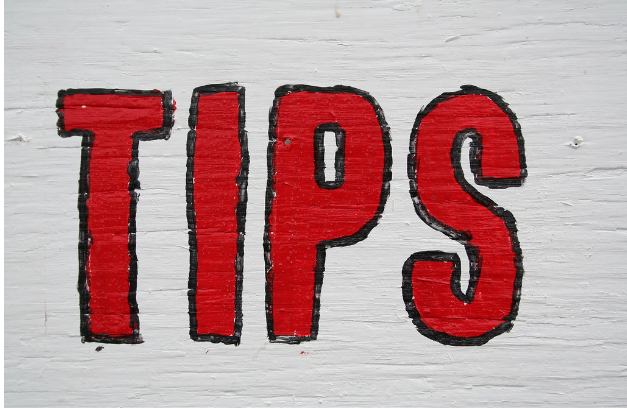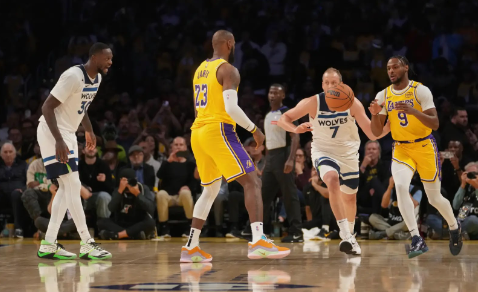Our modern idea of Halloween is known for its scary costumes, fun decorations, and most importantly candy; but why do we celebrate halloween? Its origins can be traced all the way back to the ancient Celtic festival of Samhain which celebrated the end of the harvest and the beginning of winter. Primarily celebrated in Ireland, Scotland, and Wales, Samhain was a time where the dead and living could exist together. It was thought that on Samhain the dead could return to earth and interact with the living. As a way to please those spirits returning to earth people would leave offerings of food and drinks, also lighting fires that were thought to guide the wandering souls. Celtic people would don costumes of animal skins as a way of disguising themselves with the souls, this would evolve and eventually turn into our modern idea of halloween costumes.
The next big change for the holiday came from the Roman Empire. As the Romans encroached on Celtic territory, certain traditions and common ideas combined. In particular two Roman festivals merged with Samhain. First was Feralia, a day near the end of October in which Romans celebrated the dead. The second was Pomona, a celebration of the Roman goddess Ceres, who was worshiped for the harvest. Ceres was often represented with an apple, so this is thought to have influenced the tradition of bobbing for apples. A combination of the cultures would create jack o’lanterns as they are now known, allegedly an old Irish wives tale told of a boy who tricked the devil and was forced to wander the earth. Scary faces were then carved into turnips to scare away ghosts and spirits, the Romans already were lighting bonfires to light the streets during celebrations so it fit right in.
On May 13, A.D. 609, Pope Boniface IV devoted the Pantheon to all Cristian martyrs and All Martyrs Day was born. Then in the 8th century Pope Gregory would expand the holiday and allot November 1st as All Saints’ day, a day in which all the saints and martyrs were to be celebrated. In 1000 A.D. it’s believed that the church wanted to replace Celtic holidays with church sanctioned ones so they named November 2 All Souls Day to honor the dead. The festival was also called All Hallows. Then the evening before began being called All Hallows Eve, and this would eventually turn into the name we know now, Halloween.
Halloween was not often celebrated in the northern colonies due to a high Protestant population, however in the southern colonies it was much more common. As more and more people from vastly different cultures began immigrating into the United States many beliefs merged and the idea of an all inclusive autumn party was born. Early celebrations were called “play parties,” which were public events where people would come together to share stories of the dead.
Finally in the end of the 19th century fall parties were common across the United States, but not directly named Halloween. Then America would experience a large wave of immigration, a substantial portion of which were Irish, in turn causing Halloween to become more popular. Around this time the holiday would also become more focused on kids, games, and the community.
As we approach Halloween this year, take a second to look around at all the decorations and festivities, and think of all the traditions and beliefs that made Halloween the conglomeration that it is today.

























